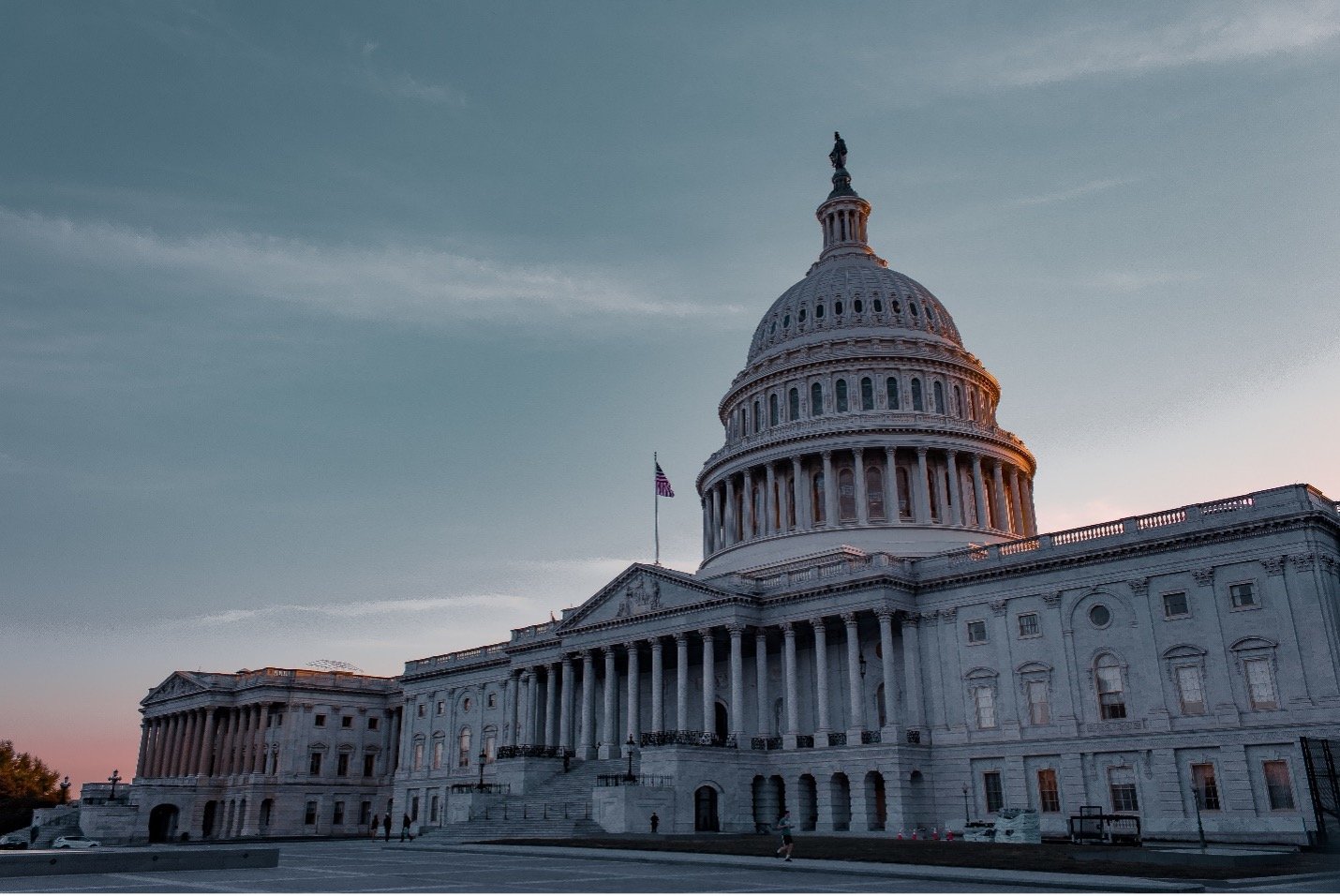One Big Beautiful Bill Act: R&D Changes

The One Big Beautiful Bill Act (OBBBA) reinstates full expensing of domestic R&D costs starting in 2025, reversing the amortization rules introduced by the TCJA. Small businesses (under $31 million in gross receipts) may also amend returns from 2022–2024 or elect to claim unamortized deductions in 2025 or 2026. Larger businesses can deduct remaining amortized expenses in 2025 and benefit from immediate expensing going forward. Foreign R&D remains subject to 15-year amortization. Review your R&D strategy, documentation, and filing position. Contact Ryan & Wetmore to evaluate your eligibility, model potential refunds, and maximize deductions under the new law.
R&D Expensing: Full Deduction Restored for 2025
The One Big Beautiful Bill Act (OBBBA) makes a significant change to how businesses expense research and development (R&D) costs, reversing a key provision from the Tax Cuts and Jobs Act (TCJA). Under the TCJA, beginning in 2022, businesses were required to amortize domestic R&D expenditures over five years and foreign R&D over fifteen years. This approach limited the ability of companies to deduct the full cost of their innovation activities in the year the expenses were incurred, potentially creating cash flow constraints and discouraging investment in new technologies and processes.
The OBBBA eliminates the amortization requirement for domestic R&D, allowing businesses to fully deduct qualified expenses in the year incurred, beginning in the 2025 tax year. No special election or additional paperwork is required, such as elections, disclosures, or administrative filings, to take advantage of this change.
Businesses With Gross Receipts less than $31 Million:
The bill also includes retroactive relief for small businesses, defined as those with gross receipts of less than $31 million, calculated by averaging gross receipts from the three years preceding the tax year in question. Qualifying businesses may choose one of the following options:
-
You can amend 2022-2024 tax returns to fully deduct R&D expenses that were previously amortized.
-
Claim remaining amortized expenses from tax years 2022-2024 in 2025 or allocate them across 2025 and 2026.
-
Exclusions: The benefits do not apply to foreign R&D expenses and R&D related to certain depreciable property (details pending IRS guidance).
Businesses With Gross Receipts Over $31 Million:
-
Not eligible to amend prior returns to claim retroactive deductions.
-
However, they may deduct any remaining unamortized domestic R&D expenses from 2022–2024 in full on their 2025 return or spread the deduction over 2025 and 2026.
-
These taxpayers will also benefit from full immediate expensing of new domestic R&D expenses beginning in 2025.
Considerations:
-
The restoration of immediate expensing for domestic R&D provides a major cash flow benefit, particularly for startups, manufacturers, tech companies, and other innovation-heavy industries.
-
Small businesses should assess whether amending prior-year returns would result in meaningful tax refunds—and take timely action before the one-year deadline passes.
-
All businesses should evaluate their current R&D accounting and tax reporting procedures to align with the new law and prepare for full expenses in 2025.
-
It remains critical to maintain thorough documentation and project tracking to substantiate R&D claims, especially for businesses also pursuing the R&D tax credit under IRC §41.
-
Foreign R&D expenses remain subject to 15-year amortization and should be carefully segregated from domestic R&D for accurate reporting.
With these changes, now is the time to reassess your R&D activities, review documentation practices, and consider whether amending prior returns is financially advantageous.
Next Steps to Evaluate R&D Eligibility:
-
Review all domestic R&D activities to determine eligibility for full expensing in 2025
-
For small businesses (under $31 million in gross receipts), consider amending 2022–2024 returns or planning to recapture prior amortized deductions in 2025 or 2026
Conclusion
The restoration of immediate expensing for domestic R&D under the OBBBA marks a significant opportunity for innovative businesses to enhance cash flow, reduce tax liability, and reinvest in growth. Whether you're a small business exploring retroactive relief or a larger company preparing for the 2025 change, now is the time to revisit your R&D accounting, tax strategy, and documentation practices.
Because these changes impact prior-year returns, future deductions, and IRS reporting expectations, each business approach will be unique. We strongly recommend working with a qualified advisor to assess eligibility, model tax outcomes, and ensure proper compliance with current and forthcoming IRS guidance.
Contact Ryan & Wetmore today to schedule a consultation and determine how to make the most of the new R&D expense rules under the OBBBA.
Today’s Thought Leader

About Carly Angel
Staff Consultant
Carly Angel is a Staff Consultant at Ryan & Wetmore, P.C., where she works with the assurance, tax, and consulting teams on a variety of client projects and initiatives. Known for her strategic and analytical mindset, she helps deliver high-quality solutions that address complex business challenges and support client objectives. Carly earned her Bachelor of Science in Project Management from Elon University.
Frequently Asked Questions
How does the One Big Beautiful Bill Act change R&D tax deductions?
The OBBBA restores full immediate expensing for domestic R&D costs starting in 2025, ending the five-year amortization rule from the TCJA.
Can small businesses amend prior tax returns for R&D expenses under the OBBBA?
Yes. Businesses with under $31 million in gross receipts can amend 2022–2024 returns or claim remaining amortized expenses in 2025–2026.
What are the differences in R&D expensing rules for large and small businesses under the OBBBA?
Small businesses can amend past returns for retroactive deductions, while large businesses cannot but may deduct remaining amortized amounts in 2025–2026.
What steps should businesses take now to maximize R&D deductions under the OBBBA?
Identify all eligible domestic R&D activities, update documentation, and evaluate whether amending past returns could increase refunds.


